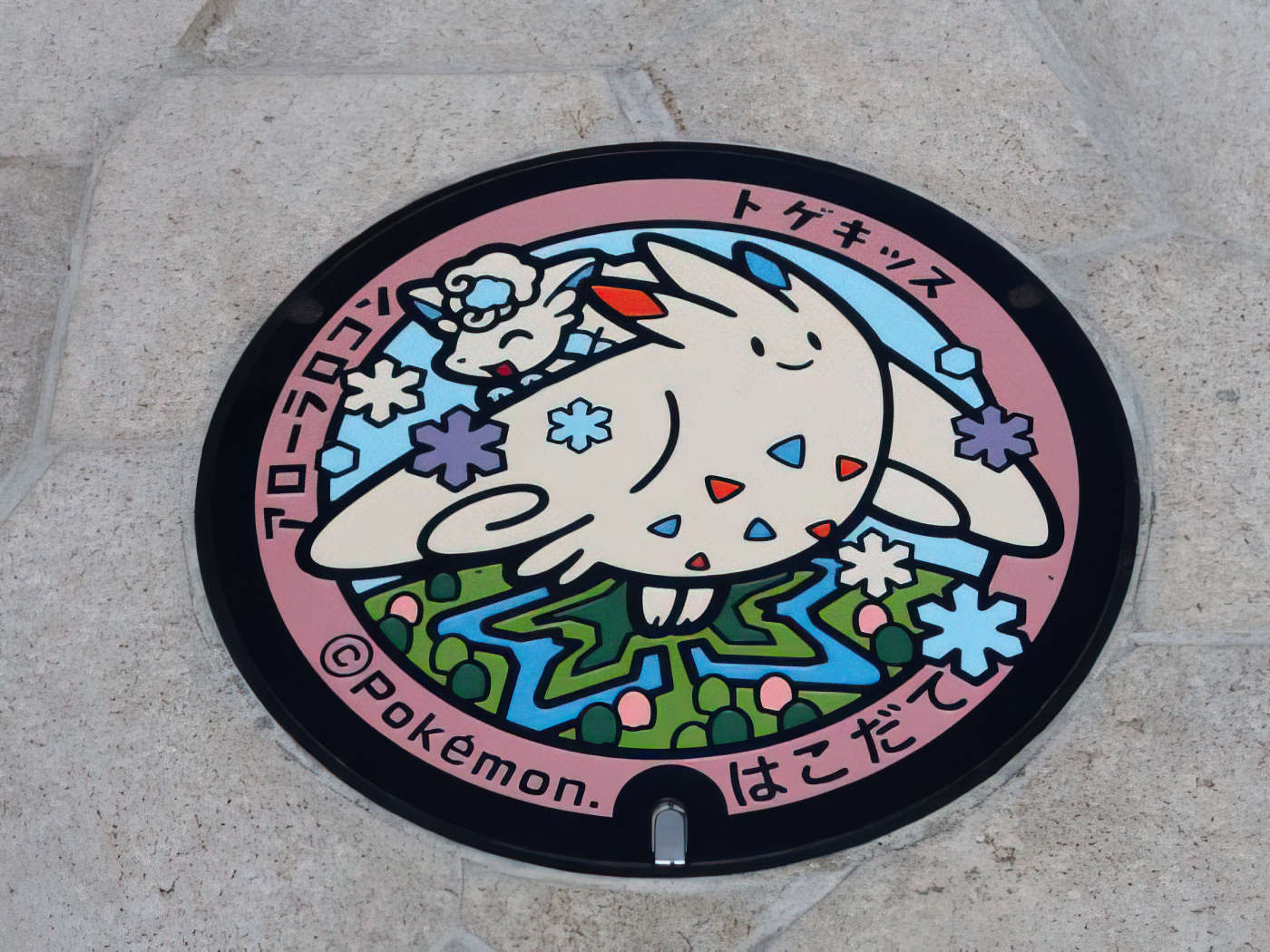
Photo credit: Hakodate City
Manholes are not a concept unique to Japan, but manhole art is certainly something that Japan takes to a whole new level. Today, we’ll introduce manholes featuring a few popular characters as well as where to find other types of art on the streets!
Manhole art: The origin story
A popular theory is that manhole art originated from a government initiative to help taxpayers stomach the large costs associated with upcoming sewer development. The idea was that, by giving local municipalities the opportunity to showcase their tourist attractions or regional specialties, it would generate support from the locals in the area. Lo and behold, the idea took off better than their wildest expectations! These decorated manholes generated enough interest that fans, lovingly called “Manholers,” travel to see the designs of other cities and regions.
Today, manholes feature more than just scenic pictures or regional specialties. In fact, you can even find manholes featuring the popular mascot characters Hello Kitty and Pokemon!
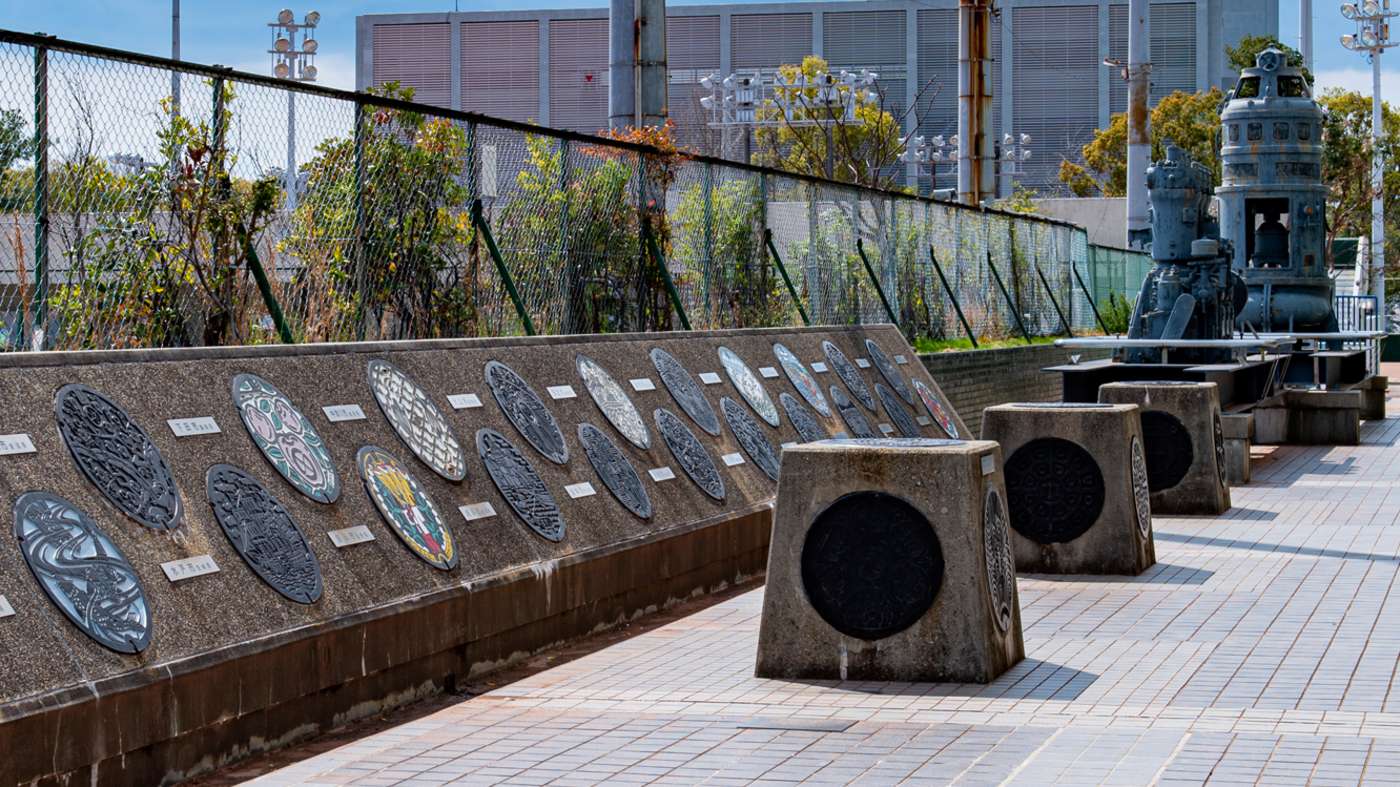
A selection of manholes from around Japan are on display at the Nagoya Water Treatment Science Museum.
Hello Kitty manholes in Hiji Town, Oita
In 2016, Hello Kitty was chosen to be the promotional character of Hiji Town in order to promote tourism and encourage young people to want to live there. The Hello Kitty-fication has spread; residential certificates, the waiting room at JR Yokoku Station, marriage registration forms and even manholes feature the classic character!
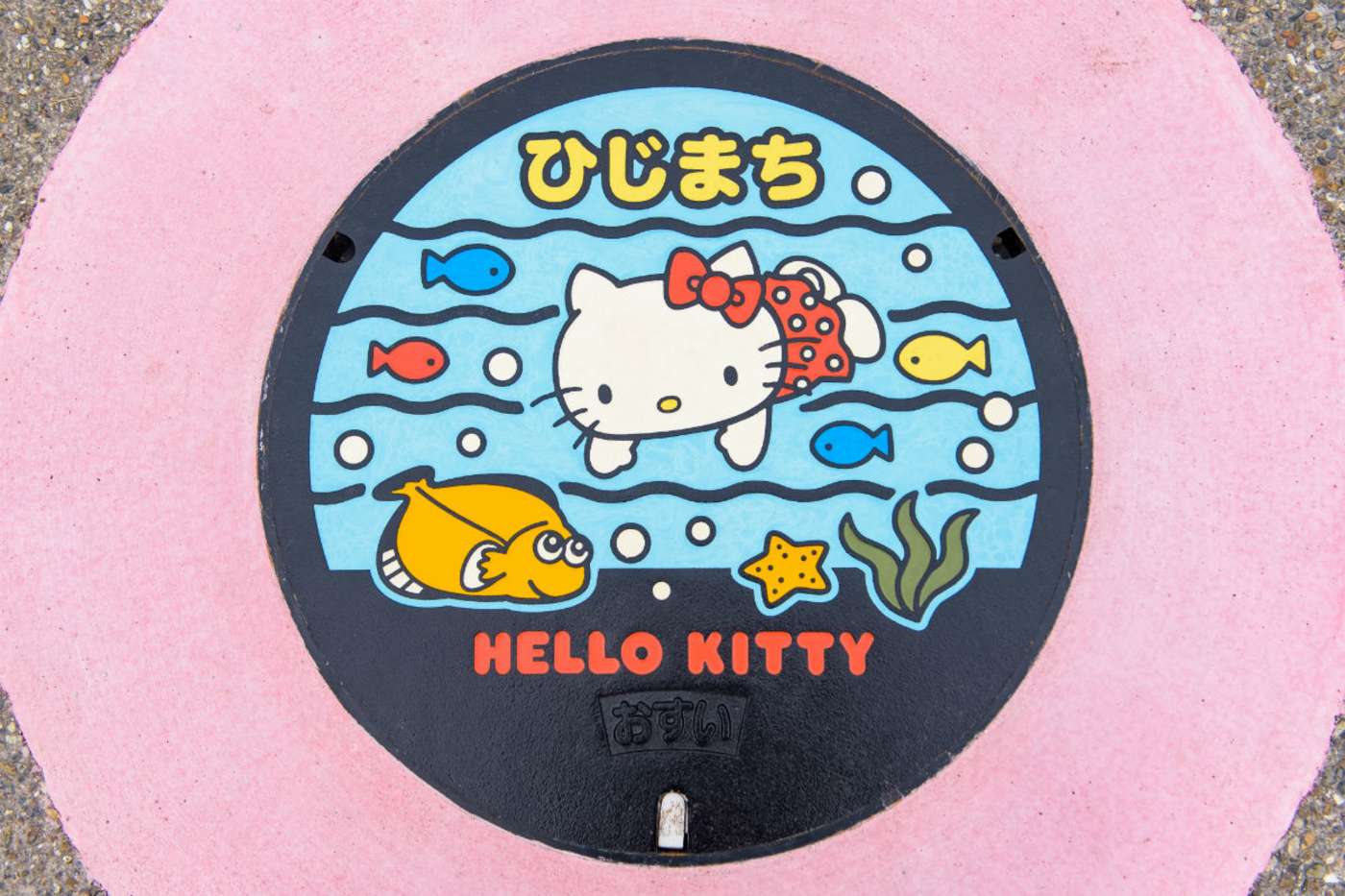
The pink ring surrounding the manhole gives the town a cute pop of color.
Ⓒ 2022 SANRIO CO., LTD. APPROVAL NO. L623107
The manhole pictured above, installed at four locations around Hiji Town, features Hello Kitty swimming in the ocean with her good friend the shiroshita karei, or marbled sole fish. Why did they choose to include this fish, you ask? Well, it’s because one of Hiji Town’s local delicacies is marbled sole fish! In fact, during the Edo Period, it could only be eaten by feudal lords and not by the average citizen. However, anyone today can make feudal lords of the past envious by enjoying marbled sole fish in the form of sashimi, sushi, or even tempura!
Visitors to Hiji Town can maximize their kawaii intake by stepping into the world of Hello Kitty at Harmonyland , a Hello Kitty theme park. With several attractions, parades, and even character meet and greets, Harmonyland is the perfect place to spend an afternoon.
Gotta snap ‘em all! Pokémon manholes join the craze!
With this being Japan, there’s no way the opportunity to look for Pokémon manholes would be missed. Pokémon manholes, affectionately known as “PokéFuta” (or “Poké Lids” in English) have been popping up around the country since 2018. Each PokéFuta features a unique, one-of-a-kind design and is donated by The Pokémon Company, aiming to help promote tourism around Japan.
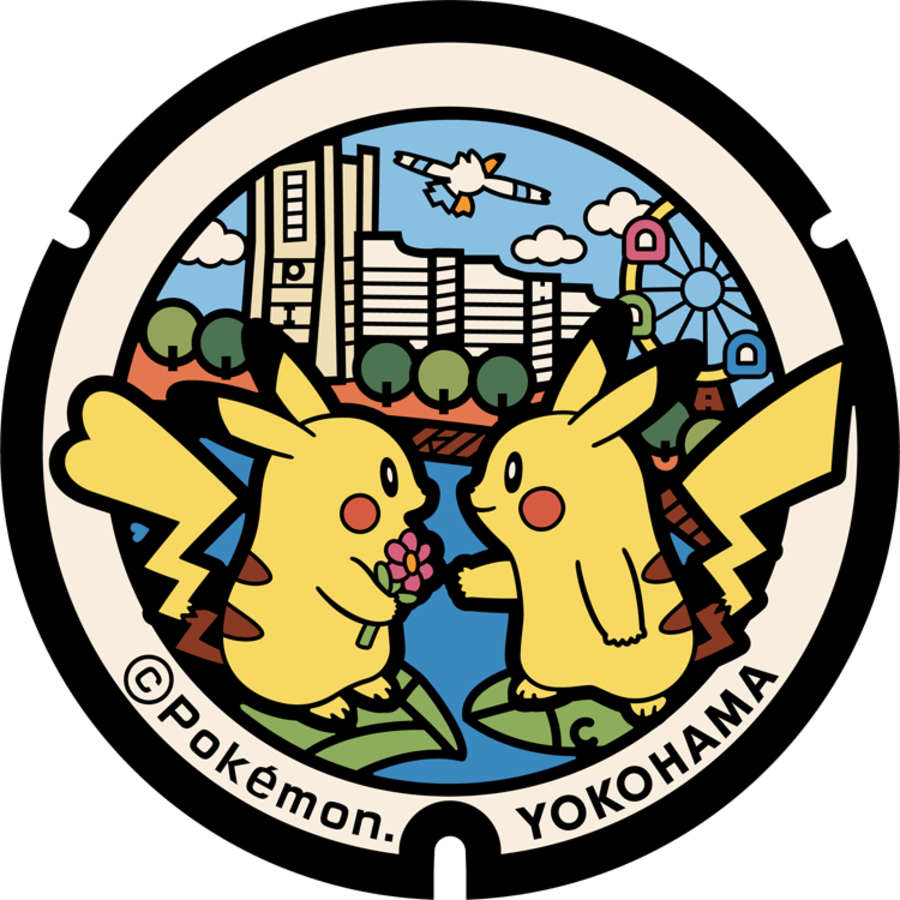
A PokéFuta installed during an event in Yokohama.
Photo credit: The Pokémon Company
Take Sendai City’s PokéFuta design, for example. The design incorporates the city’s annual tanabata festival, where visitors write wishes on long narrow strips of paper and hang them on bamboo trees, and Lapras, Miyagi Prefecture’s official Pokémon. Jirachi – which is said to have the power to grant wishes – is also included in the design.
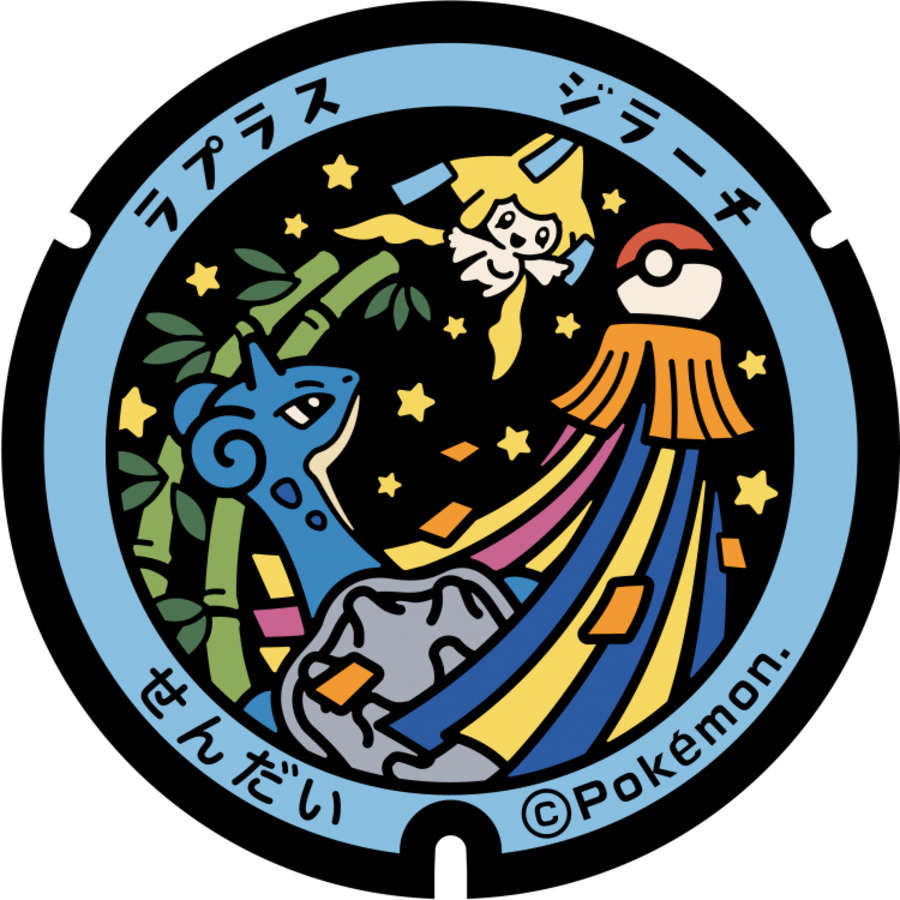
Photo credit: The Pokémon Company
Another example is Hakodate City. Here, a PokéFuta was installed in Hakodate Park, which features a fountain plaza and is also home to Kodomo no Kuni, a retro amusement park, making it a popular recreational spot for visitors.
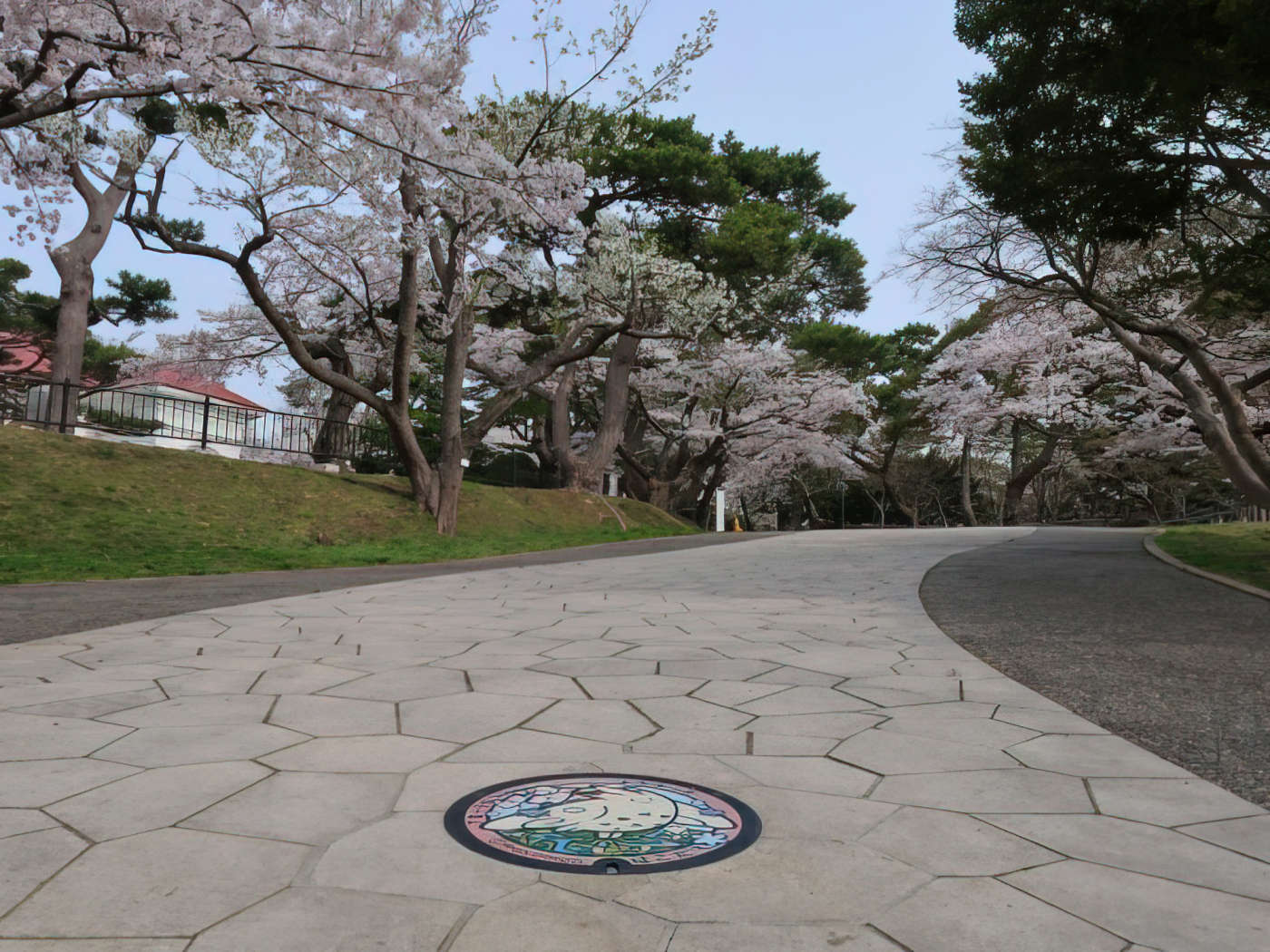
It’s said that Togekiss shares sweet blessings when it visits peaceful places. Maybe your visit to Hakodate Park will bring you good luck in the future!
Photo credit: Hakodate City
If you’re interested in seeing which PokéFuta you can find during your trip to Japan, the Pokémon company launched an official English website with PokéFuta information and where to find them! PokéFuta can also be found as PokéStops in the popular smartphone game Pokémon GO.
Other art found on the streets
Besides manhole art, there are plenty of places to discover art across Japan.
Started in October 2016, the MURAL CITY PROJECT is a public art initiative that the BnA Hotels started as a way to introduce local artists and make Tokyo a street art destination. Despite the increasing popularity of mural art overseas, in Japan it’s still viewed as “defacing public property,” making it very difficult to get painting permits.
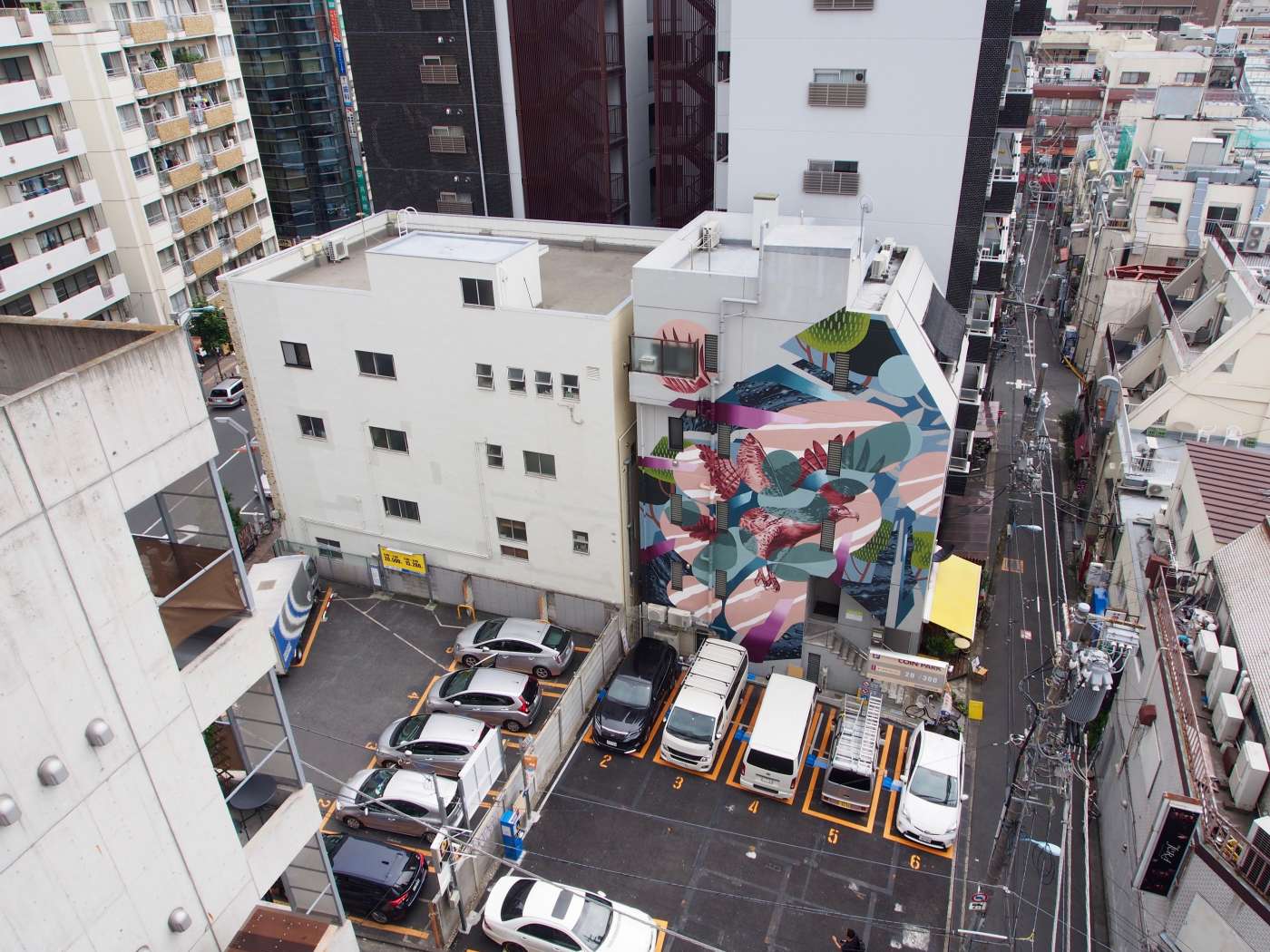
The fourth installation by MURAL CITY PROJECT called Whole 9 can be found a quick walk away from Koenji station.
Photo credit: MURAL CITY PROJECT
Despite this challenge, the MURAL CITY PROJECT was able to create murals in several locations throughout Tokyo. Currently, they’re working on a new TOKYO MURAL PROJECT for the Toranomon district. Through this project, BnA hotels is seeking to explore a new way to approach urban development through art in the form of murals.

This mural gives a lively splash of color to the Toranomon district!
Photo credit: MURAL CITY PROJECT
With this group’s hard work, hopefully it will open Japan up to allow more murals and street art across the country!
© 2022 Pokémon. © 1995–2021 Nintendo/Creatures Inc./GAME FREAK inc.
Pokémon, Pokémon character names, Nintendo Switch, Nintendo 3DS, Nintendo DS, Wii, Wii U, and WiiWare are trademarks of Nintendo. The YouTube logo is a trademark of Google Inc. Other trademarks are the property of their respective owners.
-
About the author
Author: Melanie Sweeney
Profile: Born and raised in the United States, Melanie moved to Japan in 2014 and has stayed ever since. You can often find her exploring the city, enjoying afternoon tea with friends or investigating the latest cultural event nearby.





















































